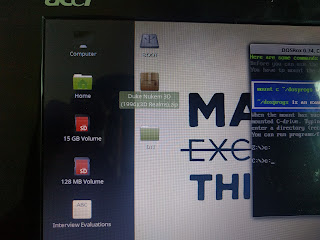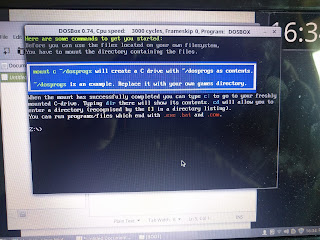I use an iMac in my office and with it Apple's Bluetooth wireless keyboard and magic mouse. While working my mouse kept disconnecting with the MAC. Already frustrated with my phone's death, I thought this is one of those days where nothing is going to work! Initially i thought that the mouse might be paired with some other PC somewhere on the floor and it might be connecting to it. The mouse has been used before by someone else. I tried renaming it but the problem persisted. However a simple google search led me to a helpful answer and turns out that the simplest of solutions worked and it wasn't a big problem.
https://discussions.apple.com/thread/4261715?start=0
The problem is that the magic mouse uses AA batteries. Not all of them are exactly the same size. Therefore when the mouse moves a little bit, the batteries loose their connection. Fixing a small piece of paper between the batteries did the trick! A simple solution and now I have no disconnection issues! I hope my Nexus 5x's problem can have a simple solution as well. I usually add pictures for proof of what I'm talking about, unfortunately with my cell phone dead can't do that with this post! Oh wait, maybe I can use my MAC's front camera to take a few snaps of the mouse and the dead Nexus!










